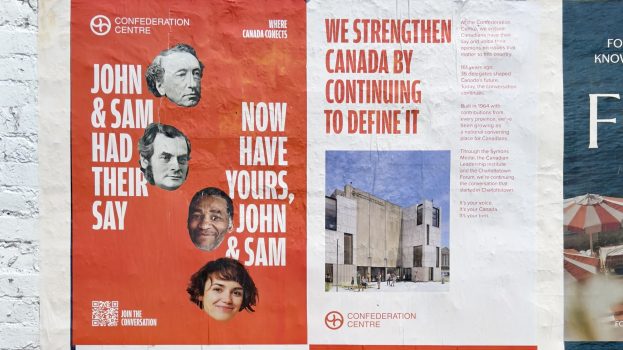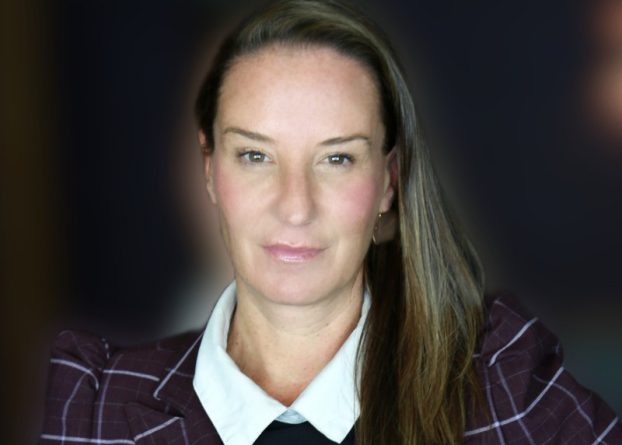Altitude Sports has launched same-day delivery service in Montreal, and it is letting its urban customer base know by showing off its most attractive products in one of its biggest-ever brand campaigns.
A survey the brand conducted in June showed that shipping was the most important aspect for those making decisions when it came to online shopping – seeing the cost or wait times associated with a purchase can give someone the moment of pause they need to abandon their cart.
But it also showed that delivery was already considered one of Altitude’s core strengths, having invested in the logistical capabilities needed to survive as an online-only brand (last year, it opened a new fulfillment centre outside of Montreal, which has provided capabilities to deliver same-day). Also, many don’t necessarily think of the outdoors or sports category as being urgent enough to need a same-day delivery proposition.
However, Louis-Dominic Parizeau, Altitude’s VP of marketing, says its insight show that there are multiple use cases for its key consumer base, which frequently make impromptu weekend getaway plans and need specialty camping and apparel items post-haste. Plus, COVID-19 has fundamentally changed the way people shop, amplifying the instant gratification of quick delivery – for Altitude, offering the same-day option is less about solving a customer pain point, and more about maintaining leadership when it comes to the technological capabilities and customer service standards people know its for.
“We think that same day and next day delivery in ecommerce is the future and we think that in every category in the market, shipping speed will increase,” Parizeau says. The brand’s goal is to expand next-day delivery to all major urban centres in Canada, starting with Toronto this fall.
In video and out-of-home assets, the outdoor apparel retailer is speaking to two different but core audiences. One is the chic shopper looking for outwear, footwear and apparel, while the other is for more rugged, extreme and Alpine sports. Both ads end by touting the 400 premium brands available through its same day delivery option.
While it has two creative videos, pitting cities against mountains, Parizeau says its the same audience, but shown in two different environments: urban Montrealers. Those the situations are different, both show the “richness” of the product, a factor that is important to its target audience.
Altitude says it handles most of its marketing in-house, and its investment has been growing, saying this is the biggest brand-oriented campaign it’s ever done. During COVID, Parizeau says it realized that people still want to get active, and want good quality gear and apparel and it has maintained solid customer acquisition numbers in recent months.
According to Parizeau, one of Altitude’s key differentiators against competition like Canadian Tires and Walmart, as well as MEC and Simons, is the number of specialty brands it carries. This is especially true in apparel (where it carries Arc-teryx’s more fashion forward Veilance brand), as well as niche ski brands popular with enthusiasts, like Germany’s Bogner and Japan’s Goldwin. This made the categories obvious choices for stars of its same-day shipping launch.
The creative is appearing OOH in neighbourhoods like Mile End and Rosemont-La Petite-Patrie, as well as in geo-targeted paid social, YouTube pre-roll and TV. The media buy was done by Média Secours.
Altitude was founded in 1984 and though it once operated bricks and mortar locations on Montreal’s Saint Denis Street thoroughfare and at Quebec ski resort Mont Tremblant, it is now online-only, a move it has been doing over the last nine years when it realized online sales were outpacing those at its stores.
Parizeau says that as a savvy digital-first brand, Altitude uses paid and social on an ongoing basis, but the strategic decision was made to add OOH to its mix to reach specific urban neighbourhoods in Montreal.
“The downtown is empty in Montreal, and the big towers are at a 10% occupancy rate,” Parizeau says. “We also chose really residential, central neighbourhoods because when we looked at postal codes of our customers, we saw clusters there.”























